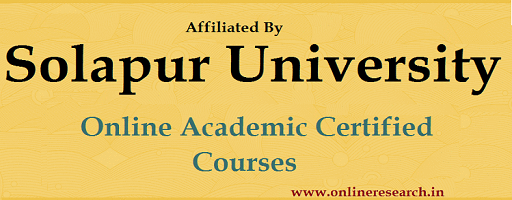| Article Details : |
|
| | | Article Name : | | | Assessment of diagnostic methods for urinary
schistosomiasis, Assalya, White Nile State, Sudan | | Author Name : | | | HUDA ALISLAM TALAB1
MOHAMMED KARDAMAN
SAMI ALHIDAI, MAHIR EISSA, MAGDI BAYOUMI | | Publisher : | | | Bridge Center | | Article URL : |  | | | Abstract : | | | Background: Schistosomiasis is a parasitic disease caused
by blood flukes (trematodes) of the genus Schistosoma. It is the third
most devastating tropical disease in the world, being a major source of
morbidity and mortality for developing countries. The study aim to
compare macrohaematuria and urine dipstick against intensity of
urinary schistosomiasis and calculate sensitivity and specificity of
macrohaematuria and urine dipstick in samples collected from
children who attended Assalaya medical center.
Methods: This cross sectional study conducted in Assalaya,
White Nile State, Sudan. Four hundred and twenty participants were
included, 246 (58.6%) were males and 174 (41.4%) were females. The age ranged between (9-17 years). Urine samples were collected and
examined for Schistosoma haematobium by using
macrohaematuria,dipsticks for proteinuria and microhaematuria,
filtration method as gold standard method.
Results: Macrohaematuria, microhaematuria and proteinuria
showed a sensitivity of 100%, 100% and 100% with specificity of 19.8%,
14.56% and 9.84% respectively. Association of intensity of infection
with macrohaematuria, microhaematuria and proteinuria was
significant. P < 0.05.
Conclusion: The study concluded that urine dipstick strip
and macrohaematuria are highly sensitive with low specificity in
detection of S. haematobium in urine samples. In addition, they have
potential value to reflect the intensity of infection. | | Keywords : | | | urinary schistosomiasis - urine dipstick strips -Sudan |
|
|
|
|
|
|

|
| Announcements
|
- Volume 9, issue 5, August issue - publishing in progress
- Volume 9, Issue 2/ May 2021 publishing IN PROGRESS
- Call for Papers: open. Articles will be uploaded constantly, once the evaluation process is complete.
- The Certificates of Publication can be downloaded from RECEIVED ARTICLES section.
- COVER - VOLUME 2, ISSUE 12 / MARCH 2015
- COVER - VOLUME 3, ISSUE 2 / MAY 2015
- COVER - VOLUME 3, ISSUE 3 / JUNE 2015
- COVER - VOLUME 3, ISSUE 4 / JULY 2015
- COVER - VOLUME 3, ISSUE 8/ NOVEMBER 2015
- COVER - VOLUME 4, ISSUE 4 / JULY 2016
- COVER - VOLUME 4, ISSUE 5 / AUGUST 2016
- COVER - VOLUME 7, ISSUE 11/ FEBRUARY 2020
- Volume 9, issue 3, June 2021 publishing in progress
|
|
|
| New Launched Project |
 |
|
|
| Recommend & Share
|
|